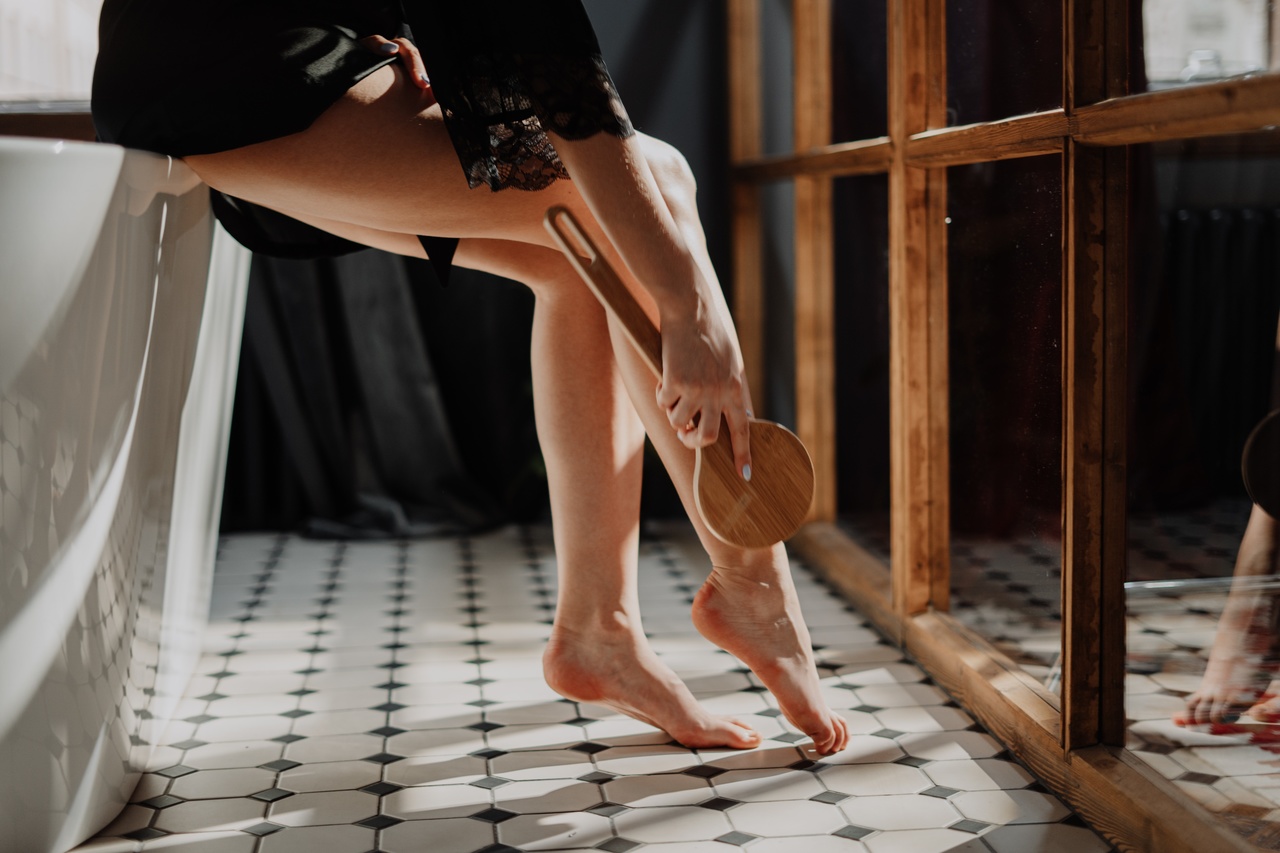
Dry, cracking skin on heels is a common ailment that most of us face once in a while. What are its causes? How to effectively get rid of it?
What is associated with scaly, cracking dry heel skin? Problems with this region of the feet are due to the fact that the skin located there is up to 4 times thicker than in other parts of our body. Cracks on the heels can be divided into dry and wet. The first of them is the effect of reduced secretion of sweat and sebum. This results in excessive keratinization of the skin and loss of its elasticity. As far as wet cracks are concerned, they form as a result of epidermis maceration, which in turn is caused by contact with water or excessive sweating of the skin
The most common causes of excessive heel dryness include: vitamin deficiencies (especially vitamin A), diabetes, obesity, circulatory disorders, skin diseases such as ringworm or psoriasis, and specific ailments such as athlete’s foot, which makes the skin highly susceptible to cracking. Thyroid disorders, particularly hypothyroidism, are also worth mentioning here. One of the symptoms of this disease is inhibition of the sebaceous and sweat glands. As a consequence, we have to deal with rough, dry, excessively keratinized skin. Dry skin on the heels can also be associated with improper care. The result is thickening of the skin and delayed exfoliation process. The problem, which is the deep cracks in the skin of the heels should not be ignored and underestimated. It can lead to a number of fungal and bacterial infections
How to get rid of the problem of dry, cracked heels? The key issue is their proper care. When choosing cosmetics for heel care, pay special attention to their composition. A good cosmetic should contain urea, which is responsible for softening and moisturizing the epidermis and contributes to the permeability of the horny layer. A good heel cream should also be rich in vitamin A, which softens the epidermis and improves the defensive functions of our skin. An equally useful ingredient is vitamin E, which stimulates circulation and contributes to increased skin hydration. Additionally, it supports the action of other vitamins. Creams for dry heels very often also contain vitamin F, which nourishes the skin, effectively protecting it against drying. When choosing this type of product, it is worth checking whether it contains lanolin. This is an extremely valuable component with moisturizing and softening properties. In addition, it supplements the lipid barrier and protects against excessive water loss. Heel care creams very often contain tea tree oil, which inhibits bacterial growth and has antiseptic properties. It works very well for people struggling with unpleasant feet odor
How else to deal with dry, cracked heels? A recommended product are special exfoliating socks soaked in a properly composed fluid with exfoliating and moisturizing properties. How to use such socks? It is very simple! Just put them on your feet for about 2 hours. They should be used once every 2 weeks
In the fight against dry heels, it is worth using home remedies. One of them is soaking feet in a paste prepared from previously brewed linseed. This treatment should be repeated every 3-4 days.
In the case of more advanced changes it is necessary to visit podiatrist, who will exfoliate the skin with a special diamond cutter and help in the selection of appropriate cosmetics.